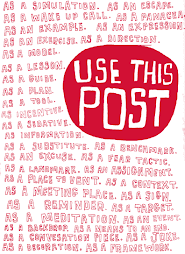"What name could one possibly dream up for that kind of science, and whose science it was anyway?" - at best blurred boundaries
While advancing the hypothesis that the two crucial theorems Copernicus had used (Tusi couple and Urdi lemma, see pics below) were transmitted directly due to Arab speaking European scholars, George Saliba (Professor at Columbia University, NY), asks a "perplexing question, namely, that of attaching cultural, civilizational, or linguistic adjectives to the scientists themselves when it is made so obvious that their works and concerns either knew no defined cultural, civilizational or linguistic boundaries, or whatever boundaries they encountered they were at best blurred boundaries. Most blatantly, one still has to find a name for the production of the Tusi Couple, that was first encountered in an Arabic text, written by a man who spoke Persian at home, and used that theorem, like many other astronomers who followed him and were all working in the "Arabic/Islamic" world, in order to reform classical Greek astronomy, and then have his theorem in turn be translated into Byzantine Greek towards the beginning of the fourteenth century, only to be used later by Copernicus and others in Latin texts of Renaissance Europe. What name could one possibly dream up for that kind of science, and whose science it was anyway?"
From the fifth section in:http://www.columbia.edu/~gas1/project/visions/case1/sci.1.html#int1
(3 photos)From the fifth section in:http://www.columbia.edu/~gas1/project/visions/case1/sci.1.html#int1





































